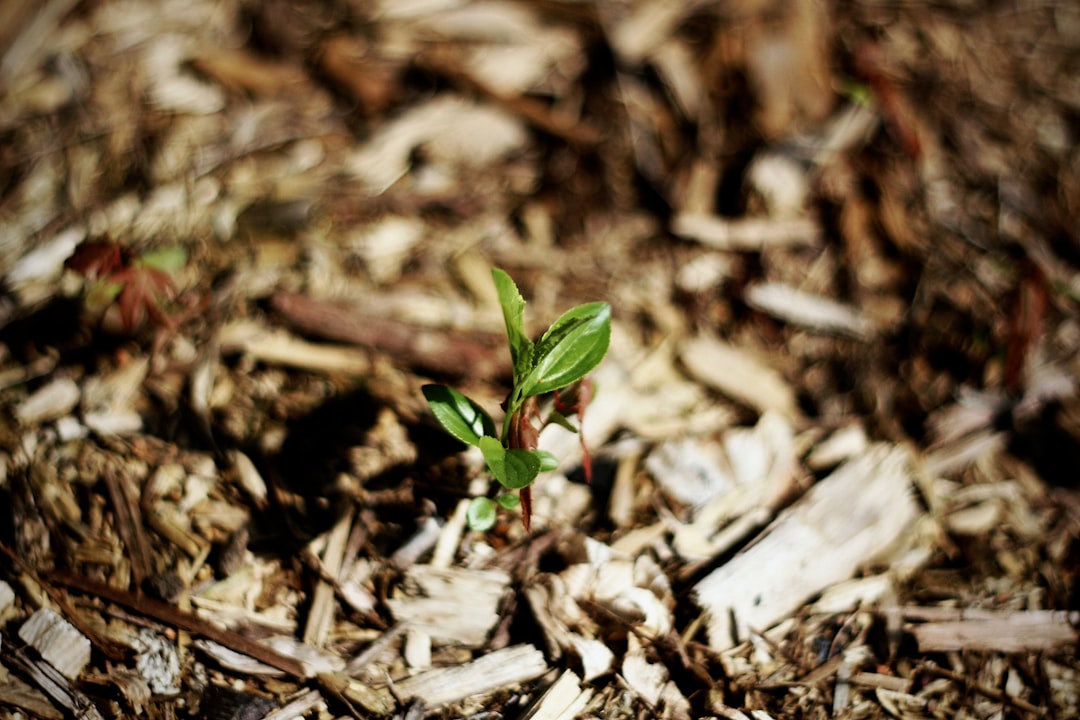Mulching is one of the simplest yet most powerful techniques you can use to transform your garden. Whether you're growing flowers, vegetables, shrubs, or trees, mulching has benefits that extend beyond improving the aesthetic appeal of your beds. It’s a technique that conserves water, improves soil health, and helps plants thrive.
In this guide, we’ll explore the benefits of mulching, the best materials to use, and how to match the mulch to your specific garden type for the best results.
What Is Mulching and Why Is It Important?
Mulching involves covering the soil surface with a layer of organic or inorganic material. It acts as a protective barrier for your garden, with numerous advantages:
- Conserves Moisture: Mulch reduces water evaporation, keeping soil moist longer.
- Suppresses Weeds: A thick layer of mulch blocks sunlight, preventing weeds from germinating.
- Regulates Soil Temperature: It keeps roots cool in summer and insulated during winter.
- Improves Soil Health: Organic mulch breaks down over time, adding nutrients and improving soil structure.
- Prevents Soil Erosion: Mulch protects soil from being washed away by rain or irrigation.
- Enhances Aesthetics: A well-mulched garden looks tidy and polished.
Types of Mulch: Organic vs. Inorganic
Mulches fall into two main categories: organic and inorganic.
1. Organic Mulch
Organic mulches decompose over time, enriching the soil with nutrients. Common types include:
- Straw: Great for vegetable gardens, straw breaks down slowly and prevents weeds.
- Wood Chips/Bark: Ideal for trees, shrubs, and perennial beds, they decompose slowly and add a natural look.
- Grass Clippings: A quick and free option for lawns or flower beds. Use sparingly to avoid compacting.
- Leaves: Shredded leaves are excellent for flower beds, offering nutrients as they decompose.
- Compost: A nutrient-rich mulch perfect for vegetable gardens and flower beds.
2. Inorganic Mulch
Inorganic mulches do not decompose, making them a long-lasting option. Common types include:
- Gravel/Stone: Perfect for rock gardens and areas with succulents, as they help with drainage.
- Landscape Fabric: Often paired with other mulches to suppress weeds.
- Rubber Mulch: Made from recycled tires, it’s durable and best for play areas or paths, though not recommended for plant-heavy areas.
Choosing the Best Mulch for Your Garden
The type of mulch you choose depends on your garden’s purpose and the plants you’re growing. Here’s a guide to help you decide:
Vegetable Gardens
- Best Materials: Straw, compost, grass clippings.
- Why: These materials suppress weeds, retain moisture, and enrich the soil with nutrients as they decompose. Avoid wood chips as they may tie up nitrogen.
Flower Beds
- Best Materials: Shredded leaves, bark, compost.
- Why: Shredded leaves and bark provide a neat appearance, while compost adds nutrients for flowering plants.
Trees and Shrubs
- Best Materials: Wood chips, bark, gravel.
- Why: Wood chips and bark decompose slowly, protecting the soil and enhancing its structure over time. Gravel works well in dry climates.
Herb Gardens
- Best Materials: Straw, shredded leaves, gravel.
- Why: Straw and leaves help retain moisture without overwhelming herbs. Gravel works well for Mediterranean herbs like thyme and rosemary.
Succulent and Rock Gardens
- Best Materials: Gravel, stones.
- Why: These materials provide excellent drainage and mimic the natural environment of succulents.
Tips for Mulching Like a Pro
- Apply the Right Thickness: A mulch layer of 2–4 inches is ideal for most gardens. Too thin won’t suppress weeds; too thick can smother roots.
- Keep It Away from Stems: Leave a gap of 2–3 inches around plant stems or trunks to prevent rot and pests.
- Refresh Annually: Organic mulches decompose over time, so replenish them annually to maintain their benefits.
- Water Before Mulching: Water the soil deeply before applying mulch to lock in moisture.
- Don’t Overdo It: Excessive mulch can lead to soggy soil and root issues.
Creative Mulching Ideas for Sustainability
- Reuse Cardboard or Newspaper: Lay sheets under mulch to suppress weeds and improve moisture retention.
- Use Garden Waste: Shred fallen leaves or trim grass for an eco-friendly and cost-effective mulch.
- Grow Living Mulch: Low-growing cover crops like clover or vetch act as a natural mulch, reducing weeds and improving soil.
Conclusion: Mulch Your Way to a Healthier Garden
Mulching is an art that every gardener can master. By selecting the right material and applying it correctly, you’ll create a garden that’s healthier, more beautiful, and easier to maintain. Whether you’re nurturing a vegetable patch, a vibrant flower bed, or a succulent garden, there’s a mulch out there to meet your needs.
Start mulching today and watch your garden thrive like never before!
What’s your favorite type of mulch, and how has it helped your garden? Share your tips and stories in the comments below!

Comments
No comments yet. Be the first to comment!
You must be logged in to comment. Login